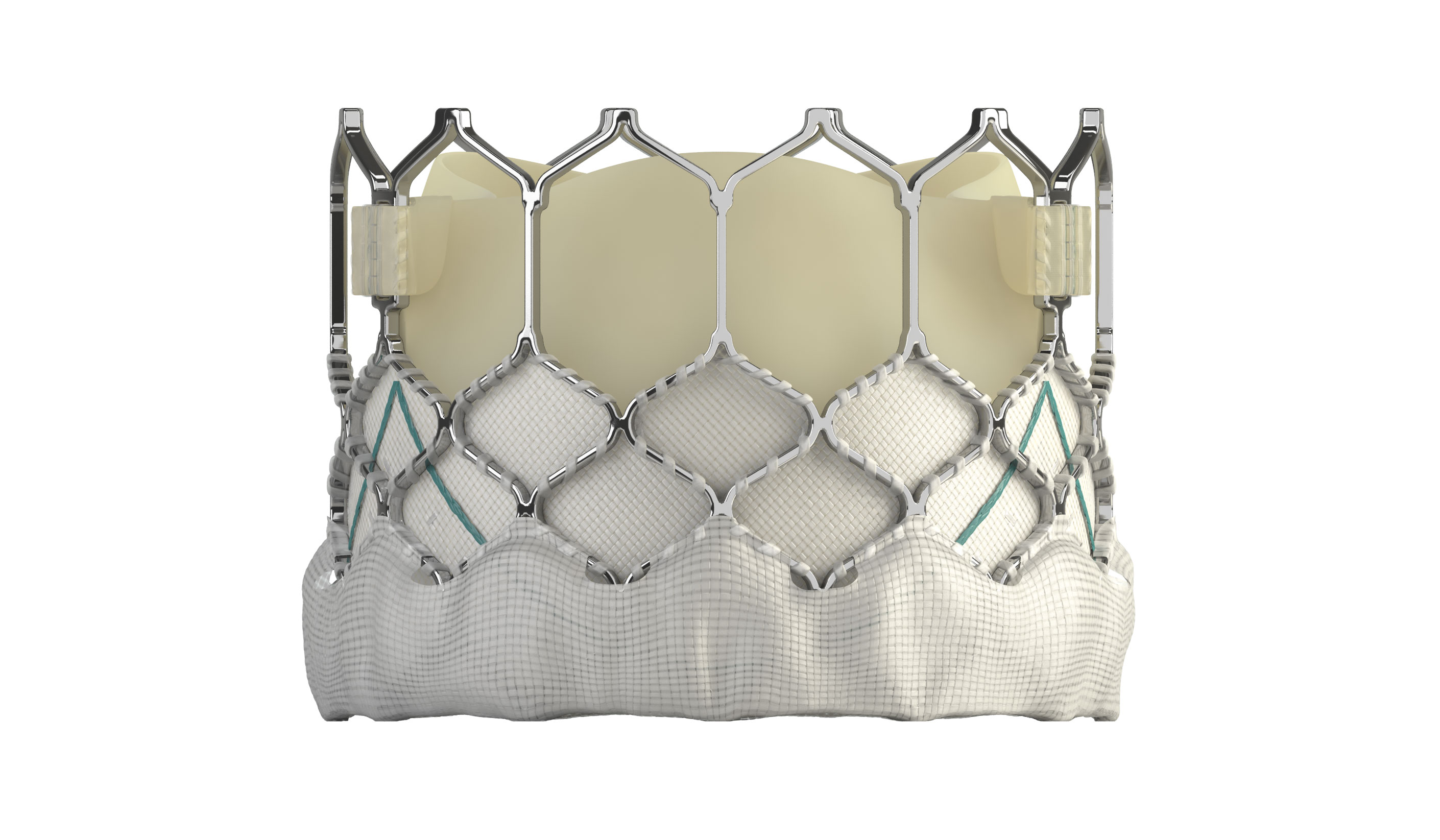For more information or to make an appointment call 615-515-1900
The aortic valve delivers oxygen-rich blood from the heart to the rest of the body. When this blood flow is interrupted for any reason, heart attack occurs. If the valve in the heart narrows (aortic stenosis) or loses function, a valve replacement is necessary. Rather than performing traditional open-heart surgery, transcatheter aortic valve replacement (TAVR) is a minimally invasive approach that delivers a new valve within the diseased valve through a catheter.
Our Structrual Heart team of cardiologists, cardiac surgeons and electrophysiologists work together to customize your care plan. An appointment with a cardiovascular surgeon requires a referral from your cardiologist or primary care provider.
How it works:

- You will be placed under general anesthesia and your doctor will make a small incision.
- Your doctor will insert a small tube (about the size of a pencil) to deliver your new valve to your heart.
- The delivery system will inflate a tiny balloon to place the new valve within the old one.
- Your strong, new valve will lock into place and take over the work of pumping blood.
- Your doctor will make sure that it is working properly before removing the tube.